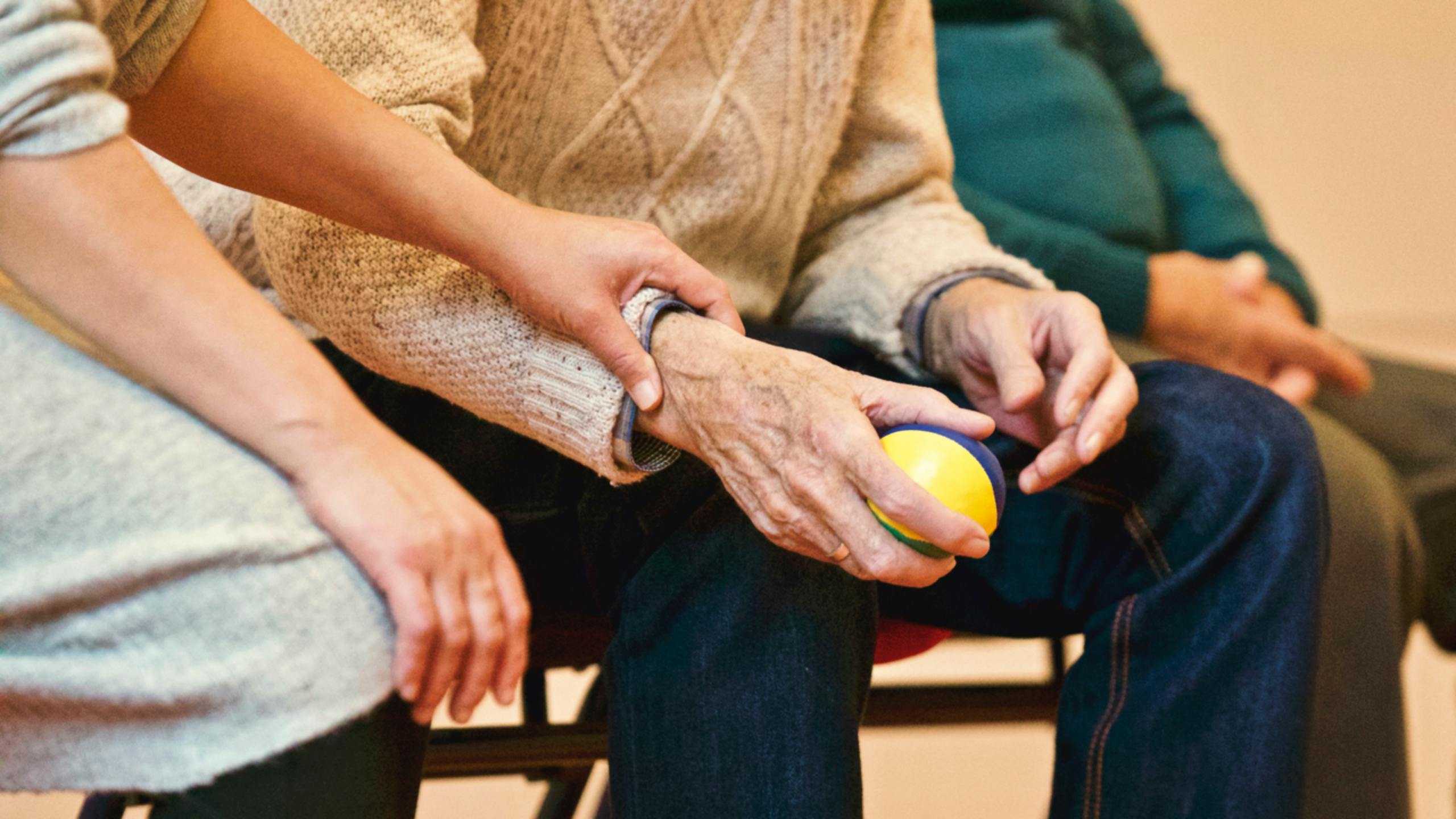Start Your Canadian Journey
Book a ConsultationFOR THE LATEST IMMIGRATION NEWS, FOLLOW US ON OUR SOCIAL MEDIA CHANNELS
11 March, 2015
WHY PEOPLE WITH MULTICULTURAL EXPERIENCE ARE MORE CREATIVE?
A person who has immersed themselves in another culture has the openness and cognitive flexibility to make your organization more creative.
Most creative people have two things in common: They are willing to consider alternatives to the way things are currently done, and they see objects, people, and situations from multiple perspectives.
After all, if you shun new experiences, you will miss out on exciting opportunities. And many of those opportunities involve seeing existing elements of the world in a new way. Research by Adam Galinsky and his colleagues at Columbia Business School suggest that one way to enhance these two skills is to immerse yourself in a multicultural experience.
Think about what happens if you spend a year living in another country. Chances are, the people speak a different language, so you have to recognize that even the way people communicate in that country differs from where you are from. Their rituals and routines are different. The way they interact socially differs.
When you dive into a second culture, two interesting things happen. First, it increases your overall openness to new experiences. That kind of openness often leads to more creative ideas. Engaging with a new culture allows you to get comfortable accepting that the activities you engage in are just one choice among many in the world, and that there are many different approaches to life. It helps you understand that there are many different ways to achieve a goal, and there are many different goals that people may find are worth achieving.
As second thing that happens is that you being to recognize that everything in the world can be viewed in many different ways. For example, some cultures treat mealtimes as opportunities to fuel the body. Watch Americans crowd into fast food restaurants at mealtime and see how they are focused mostly on quickly getting their food and eating so that they can move on to the next task. Other cultures treat mealtimes as a time for social interaction in which the mealtime is extended to include discussion and an oasis from the workday.
IT HELPS YOU UNDERSTAND THAT THERE ARE MANY DIFFERENT WAYS TO ACHIEVE A GOAL, AND THERE ARE MANY DIFFERENT GOALS THAT PEOPLE MAY FIND ARE WORTH ACHIEVING.
The key aspect of learning to adapt to a new culture is not that you have to decide which approach is better. Rather, you recognize that everything in the world can be looked at in many different ways.
Galinsky and his colleagues demonstrate that people who have spent time adapting to more than one culture are better able to generate new ideas both in laboratory studies and in corporate settings.
What does this mean for you?
First, it means that you should take advantage of opportunities to spend time in another culture. Learn the ways of that culture, and immerse yourself in a new way of thinking.
Second, seek out people who have had multicultural experiences. Take advantage of the cognitive flexibility they have developed to make your organization more creative.
Third, if you don’t have the opportunity to spend time in another country, at least seek out new social groups that you can interact with. Although I have never lived in another country, my intellectual training was deeply multidisciplinary. I split my time between psychology and computer science, and ultimately was trained in the field of cognitive science. This exposure to many different approaches to the same problem had a similar effect as living in another culture. Seeing the world through different people’s eyes is a great way of enhancing your own openness and creativity.


.png)

.jpg)
.jpg)

.jpg)
.jpg)
.jpg)
.jpg)
.jpg)